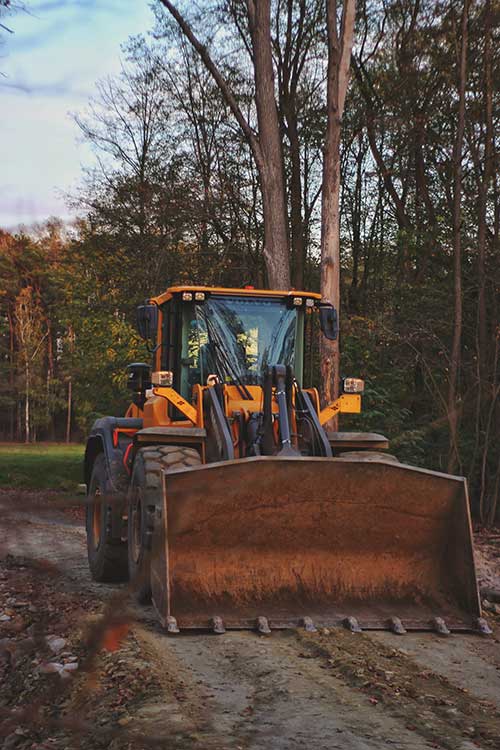The bulldozer is a favorite of Jose Mier and an extremely effective crawler that is equipped with a blade. The moniker bulldozer is often made use of to indicate any type of heavy machinery, although the term in actuality describes a tractor that is fitted with a dozer blade.
Many times, bulldozers are extremelypowerful and large tracked vehicles. The tracks provide themamazing ground mobility and hold through extremely roughterrain. Wide tracks on the other hand, assistance todistribute the weight of the dozer over big areas, therefore avoiding it from sinking into sandy ormuddy ground.

Bulldozers have great ground hold and a torquedivider that’s created to transform the power of theengine into dragging ability, which allows it touse its own weight to push heavy objects and evenremove things from the ground. Take the Caterpillar.
D9 for example, it can quickly tow tanks that weightmore than 70 lots. Due to these characteristics, bulldozers are used to clear challenges, bushes, and stays of structures and structures.
The blade.
The blade on a bulldozer is the heavy piece ofmetal plate that is set up on the front. Theblade pushes things around. Normally, the bladecomes in 3 varieties:.
1. A straight blade that is short and hasno lateral curve, no side wings, and can be usedonly for great grading.
2. A universal blade, or U blade, which istall and really curved, and features big side wingsto bring more material around.
3. A combination blade that is much shorter, provides less curvature, and smaller side wings.
Adjustments.
With time, bulldozers have been modified to evolveinto brand-new makers that are capable of things theoriginal bulldozers weren’t. A fine example isthat loader tractors were developed by removing theblade and replacing a big volume bucketand hydraulic arms which will raise and lower thebucket, for that reason making it beneficial for scoopingup the earth and loading it into trucks.
Other adjustments to the initial bulldozerinclude making it smaller sized to where it can operatein small working areas where motion is verylimited, such as mining caves and tunnels. Verysmall bulldozers are referred to as calfdozers.
History.
The very first types of bulldozers were adapted fromfarm tractors that were used to till fields. Inorder to dig canals, raise earth dams, and partakein earthmoving tasks, the tractors were equippedwith a thick metal plate in the front. Lateron, this thick metal plate made the name blade.
The blade of the bulldozer peels layers of soiland presses it forward as the tractor advances.
The blade is the heart of the bulldozer. Indeed it wouldn’t be one without this accoutrement, as it was the very first accessory to make full use for excavation type jobs.
As the years passed, when engineers neededequipment to complete bigger tasks, business such as Case, John Deere, CAT, JCB and Komatsu started manufacturing large tracked earthmoving devices. They were extremely loud, huge, and very powerfuland therefore made the label “bulldozer”.
For many years, the bulldozers got bigger, morepowerful, and much more advanced. Theimportant enhancements include much better engines, more trustworthy drive trains, much better tracks, andeven hydraulic arms that will make it possible for more precisemanipulation of the blade and automated controls.
As an added alternative, bulldozers can come equippedwith a rear ripping claw to break up pavement orloosen rocky soil.
The very best known producer of bulldozer is CAT, which has actually made a large reputation for makingtough and resilient, yet reputable devices. Eventhough the bulldozer began a modified farmtractor, it quickly turned into one of the most usefulpieces of devices with excavating and building and construction.
Often times, bulldozers are extremelypowerful and big tracked vehicles. Wide tracks on the other hand, help todistribute the weight of the dozer over large locations, therefore preventing it from sinking into sandy ormuddy ground.
The blade on a bulldozer is the heavy piece ofmetal plate that is set up on the front. The first types of bulldozers were adapted fromfarm tractors that were utilized to till fields. Lateron, this thick metal plate earned the name blade.

